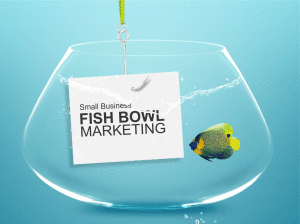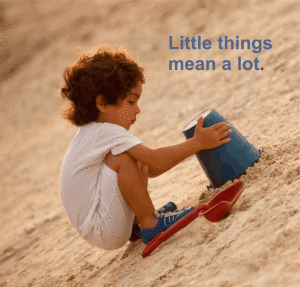Gail slammed her purse down and said, “I tell you all I am sick and tired of just getting to understand a piece of software and they up and change it!
 “Now what?” said Chris, our digital director.
“Now what?” said Chris, our digital director.
“My assistant simply clicked yes to an upgrade on the blog software and it went all wonky. There is no way to edit new posts on it now,“ Gail replied. She continued, “I write and I edit and I always review the post before we publish it. Fat chance at the moment.”
“Thas not the only thing goin’ on at the moment said Rob, the Georgia peach of branding. I understand that the new Google change is driving people that understand this SEO thing kinda crazy, too.”
“You’ve got a point Bubba,” I chimed in. “But not everything is worse because of changes. I upgraded to a new I-phone and I have to tell you the interface is a whole lot easier to use. But I still think they should give you some sort of instructions with the darn things. Those of us that haven’t grown up using them to take photos and e-mail them plus push those apps around could use some help. Besides, I’ve got big thumbs.”
Kate our sales specialist smiled and asked, “Can I join this pity party?”
“Jump in,” said Bubba.
“The thing that gets me is how different all the contact managers I run into are,” Kate continued. “They’ve been around since the 90s and you would think that how to make them easy to use would have been figured out by now. Every time I go into a company to tune up their sales operations it seems like I’m dealing with a new way of doing the same thing. It starts with trying to upload a list of contacts and goes downhill from there.”
“I can tell you part of the problem,” said Rick who runs a world class direct marketing operation. “A lot of software is written by folks in new companies. They try to make theirs look and operate differently from the competition. There is no previous version to narrow their approach and there is no best practices to look at. On top of that they are engineers who seldom if ever try to think like an end user. The result is that we users have to adapt continually to the bizarre solutions they come up with.”
“All y’all got that right. Every time I get told about an upgrade I know I’m gonna be outa kilter for a while, said Bubba.
“The thing is,” I said, “there’s a whole science to this stuff that nobody ever seems to look at. It’s called User Interface Design. It all comes down to the fact that users just want to be able to solve their problem quickly and easily in the same way from software to software. They want engineers to stop thinking they are creative geniuses and start building stuff that is easy to use.”
You and me and all of us should think about that as we develop our trainings and products. If we stop reinventing the wheel we might get there faster.
The Takeaway:
Truly great user interfaces are the ones that are engineered to stay out of the way.
Jerry Fletcher’s blog recaps conversations with clients, prospects and an unruly mob of business development professionals. They discuss what’s new, what’s old, what’s good, bad and ugly plus creative thinking to find what works. Jerry Fletcher is the ringleader and “Watson” of the dialogue.
Jerry has been researching and implementing small business marketing that builds businesses, careers and lives of joy for 25 years as President of Z-axis Marketing, Inc. Learn more at www.JerryFletcher.com
Schedule a personal appearance. Jerry speaks internationally on Networking, Marketing and Contact Relationship Magic. www.NetworkingNinja.com







